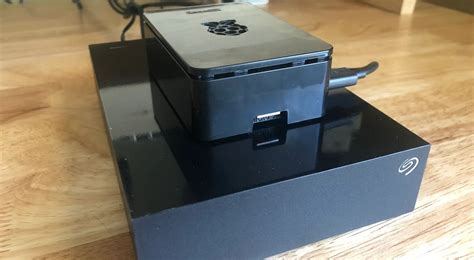Bitcoin Node GUI Shutdown: A Cautionary Tale
A recent incident has highlighted the importance of carefully configuring your Bitcoin node software. If you frequently use the Bitcoin network, you may have experienced your node’s graphical user interface (GUI) being disabled. In this article, we’ll examine what went wrong and how you can avoid similar issues in the future.
Incident:
A user reported an unexpected shutdown of their Bitcoin node’s GUI after making changes to their network settings. Specifically, they changed a setting under the Network tab to allow the use of separate SOCKS5 proxy connections for Tor onion services (also known as I2P). In addition, they also configured a proxy IP under the same tab.
Problem:
It turns out that this change likely caused the node to disconnect from peers and subsequently shut down. This is because SOCKS5 proxy connections are designed to work with Tor onion services, which often require specific settings to work properly.
What caused the outage?
In this case, the problem occurred because the Bitcoin network was unable to establish a connection between the node software and its peers via the Tor onion service. This is partly because the node was not configured to use the correct SOCKS5 proxy settings for I2P.
How to prevent similar problems
So, what can be done to prevent similar outages? Here are some tips:
- Check your network settings:

Double-check that you have enabled separate SOCKS5 proxy connections for Tor onion services and that the proxy IP setting is correct.
- Check for node software updates:
Make sure your node software is up to date, as newer versions may contain patches for issues like this.
- Use a reliable VPN: Consider using a reputable virtual private network (VPN) to protect your node’s connection to the Internet.
Conclusion
While this incident may seem insignificant, it highlights the importance of carefully configuring your Bitcoin node software and being cautious about potential connection issues when switching between Tor onion services and I2P. By taking these precautions, you can ensure that your node remains online and functional.
Remember: with complex network configurations, it is always better to be safe than sorry. If in doubt, consult the official Bitcoin documentation or seek advice from experienced users in the community.
